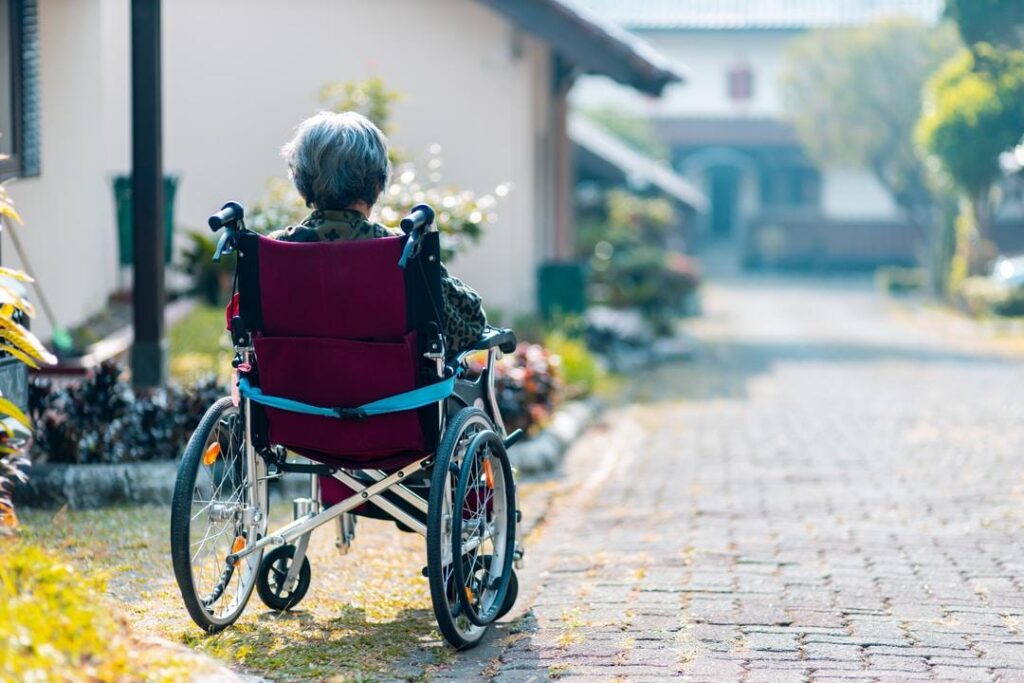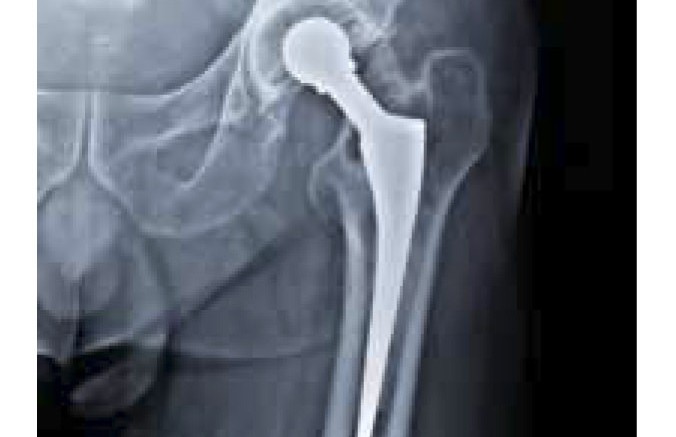As we age, joints and muscles naturally undergo degenerative changes. The wear and tear on the joints over time can lead to conditions like osteoarthritis, where the protective cartilage breaks down. Additionally, muscle mass tends to decrease with age, resulting in reduced strength and mobility. However, there are various measures seniors can take to maintain joint and muscle health and minimize the impact of these changes.
Lifestyle Modifications For Seniors to Improve Joint and Muscle Health
By implementing lifestyle modifications, seniors can improve joint function, preserve muscle strength, and reduce the risk of age-related conditions and injuries.
Maintain a Healthy Weight
Excess weight can put additional strain on your joints, especially the knees. If you’re carrying extra weight, it’s important to focus on weight loss through regular exercise and a balanced diet. By shedding those extra pounds, you can alleviate the pressure on your knee joints and reduce the risk of compression.
Use Braces, Splints or Joint Assistive Devices
Braces and splints are often used to provide support and stability to joints affected by conditions such as arthritis or injuries. For example, wearing knee compression sleeves can provide support and stability to the joint. Compression sleeves help reduce swelling, improve blood flow, and provide gentle compression to alleviate pain and promote recovery.
Avoid High-Impact Activities
High-impact activities like running or jumping can place significant stress on the knee joints. If you have knee concerns or are at risk of compression, it’s advisable to avoid or limit activities that involve repetitive high-impact movements. Instead, opt for activities that prioritize joint protection and minimize the risk of compression-related discomfort.
Strength training
Strength training exercises help build and maintain muscle mass, improve bone density, and support joint stability. Incorporate exercises using resistance bands, dumbbells, or weight machines into your routine. Start with light weights and gradually increase as you gain strength.
Stretching and flexibility exercises
Stretching and flexibility exercises help improve joint mobility and prevent muscle stiffness. Incorporate activities such as yoga, Pilates, and stretching routines into your weekly regimen. Focus on stretching all major muscle groups, paying extra attention to areas that are prone to tightness, such as the shoulders, hips, and hamstrings.
Eating a balanced diet
A balanced diet rich in nutrients supports the health of your joints and muscles. Include foods that are high in vitamins, minerals, antioxidants, and omega-3 fatty acids. Incorporate plenty of fruits, vegetables, whole grains, lean proteins, and healthy fats into your meals. Stay hydrated by drinking an adequate amount of water throughout the day.
Common Joint and Muscle Problems
As we age, certain joint and muscle problems become more prevalent. Here are some of the most common issues you may encounter:

Osteoarthritis
Osteoarthritis is a degenerative joint disease that affects the cartilage, causing it to break down over time. It commonly affects weight-bearing joints such as the knees, hips, and spine. Symptoms include joint pain, stiffness, swelling, and decreased range of motion.
Rheumatoid arthritis
Unlike osteoarthritis, rheumatoid arthritis is an autoimmune disease where the body’s immune system mistakenly attacks the joints, leading to inflammation and damage. It commonly affects the hands, wrists, and feet. Symptoms include joint pain, swelling, stiffness, fatigue, and general malaise.
Muscle atrophy
Muscle atrophy refers to the loss of muscle mass and strength. It often occurs due to a sedentary lifestyle, inadequate physical activity, or certain medical conditions. Muscle atrophy can result in decreased mobility, weakness, and an increased risk of falls.
Sprains and strains
Sprains and strains are common injuries that occur when ligaments (sprains) or muscles and tendons (strains) are stretched or torn. These injuries can be caused by sudden movements, overexertion, or accidents. Symptoms include pain, swelling, bruising, and limited range of motion.
Final Thoughts
Maintaining joint and muscle health is essential for a fulfilling and active life as you age. By adopting a proactive approach and implementing the tips outlined in this article, you can optimize the well-being of your joints and muscles. Remember to listen to your body, seek professional guidance when needed, and make gradual and sustainable lifestyle changes. Prioritizing joint and muscle health will empower you to enjoy the activities you love and embrace a vibrant and independent life.
